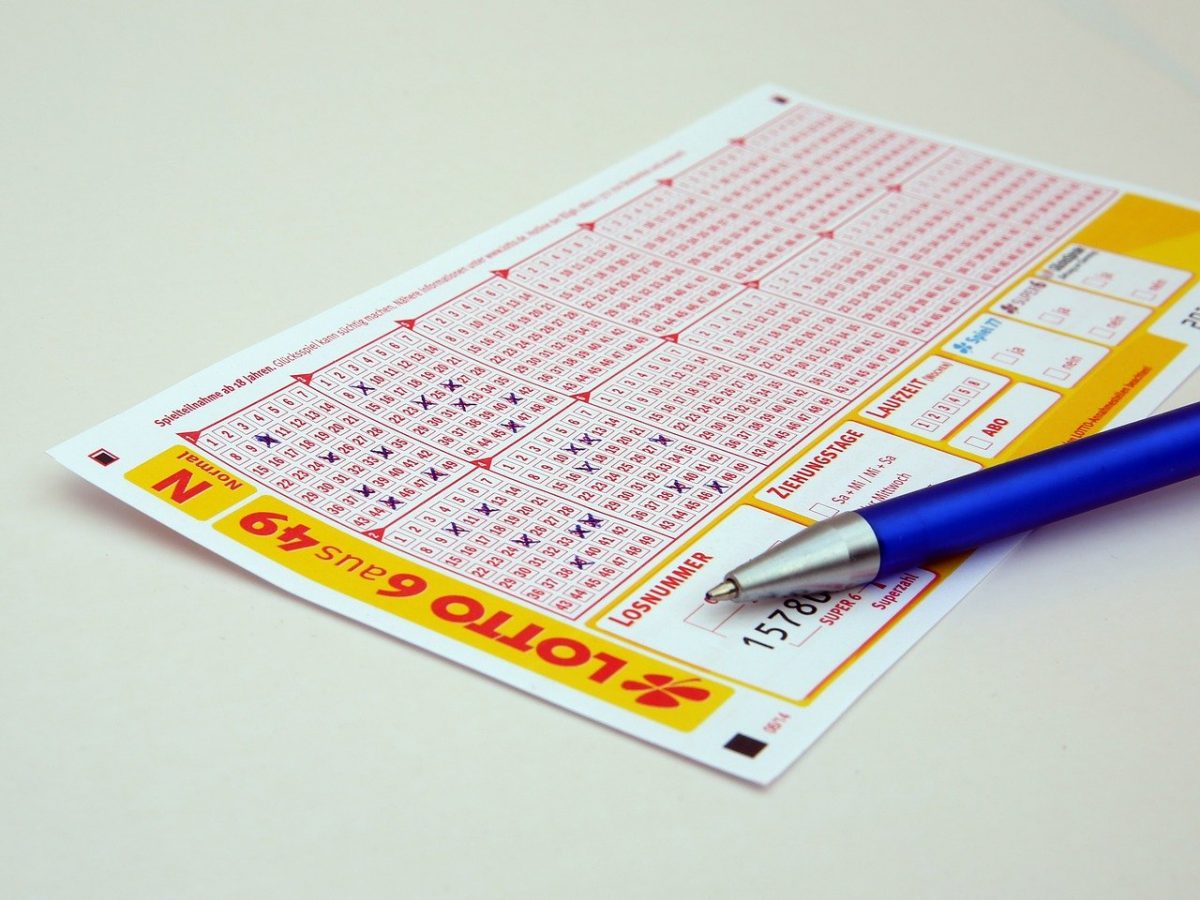In some states, it’s possible to buy a lottery ticket at the grocery store. But there’s also another way to buy a lottery ticket—one you should avoid at all costs.
Almost 50,000 Americans claimed they had been a victim of a lottery scam in 2005. Lottery scams are not new, but they are becoming more and more effective. With easy access to professional check printing equipment, scam artists are preying on innocent people.
Following is how a typical lottery scam works:
1. You are notified that you have won a large sum of money by an official-looking letter, e-mail, or phone call.
2. An official-looking check arrives in your mailbox for a value of several thousand dollars.
3. Accompanying the check is a notice telling you that in order to cover taxes, shipping fees, or other fees, it is necessary for you to cash the check and send the cash to a certain address.
4. After you cash the check and send the money, you are notified by the bank that the check was no good and you are responsible for reimbursing the bank.
The worst part about lottery scams is that the people who create them are able to make very authentic-looking checks, letters, etc. Official-looking stationery with what appears to be real names and addresses are often used. Some even use telephone numbers that actually connect you to a scam receptionist that takes part in selling you on the scam.
As scam artists get better and better at what they do, it’s important to remember and practice the tried and true ways of avoiding being a victim: If it seems too good to be true, it probably is. When in doubt, throw it out. You will never get something for nothing.

